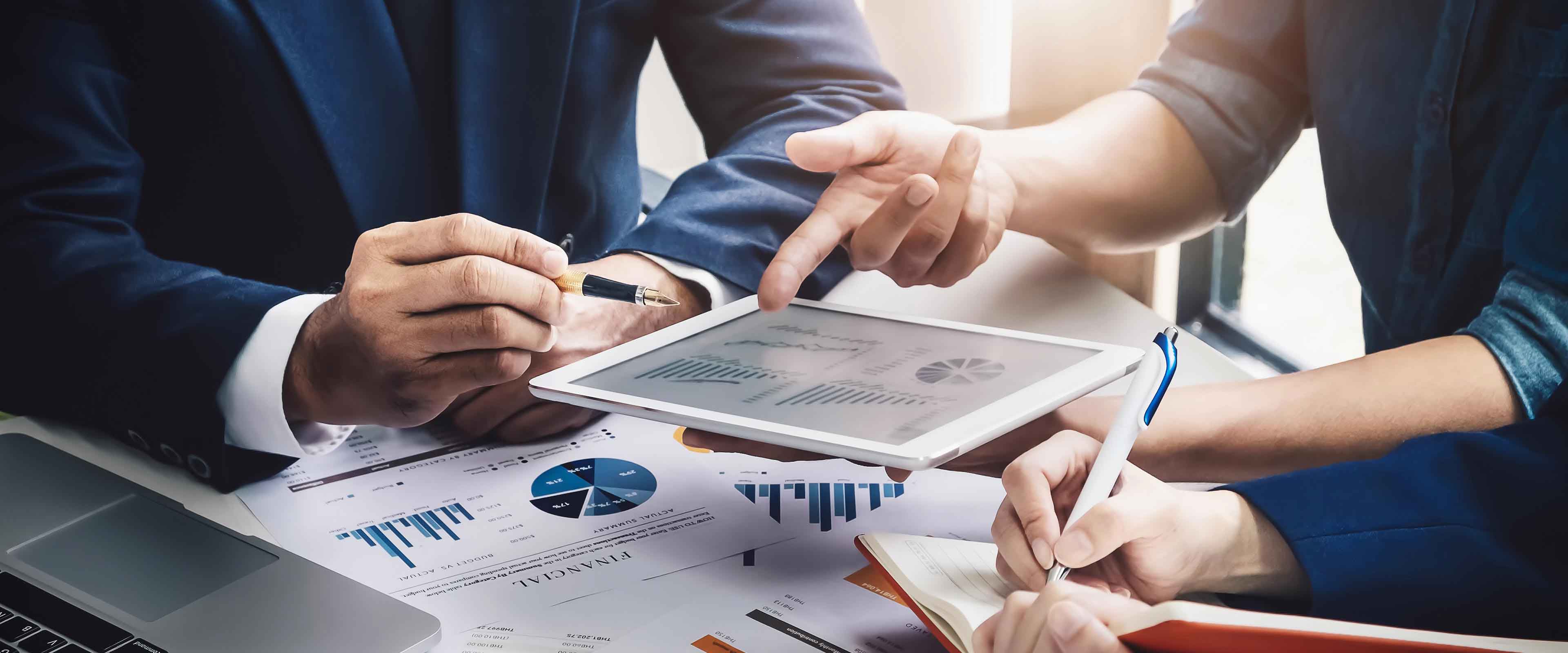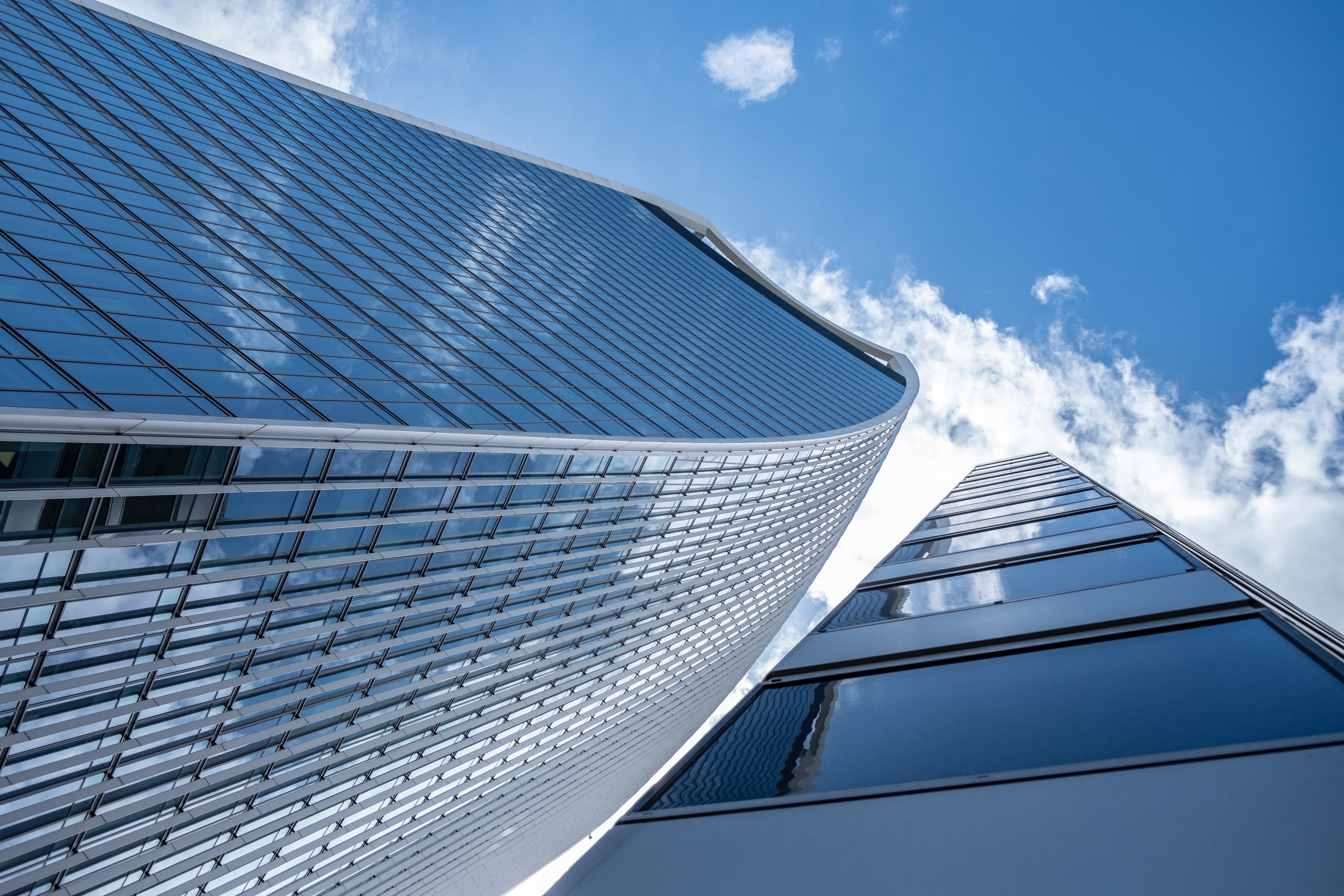Achieving Energy Efficiency
Some elements for a hybrid A&E sustainable design which will use both passive and active energy systems, include:
regional climate analysis, sun and shadow studies, 3D solar shading analysis and simulation, building envelope thermal modeling, high-efficiency BIM-designed mechanical, electrical and plumbing system, photovoltaic active systems, water efficiency



